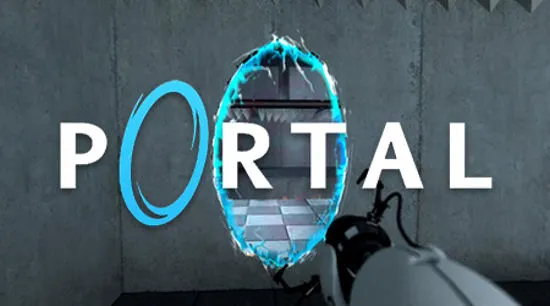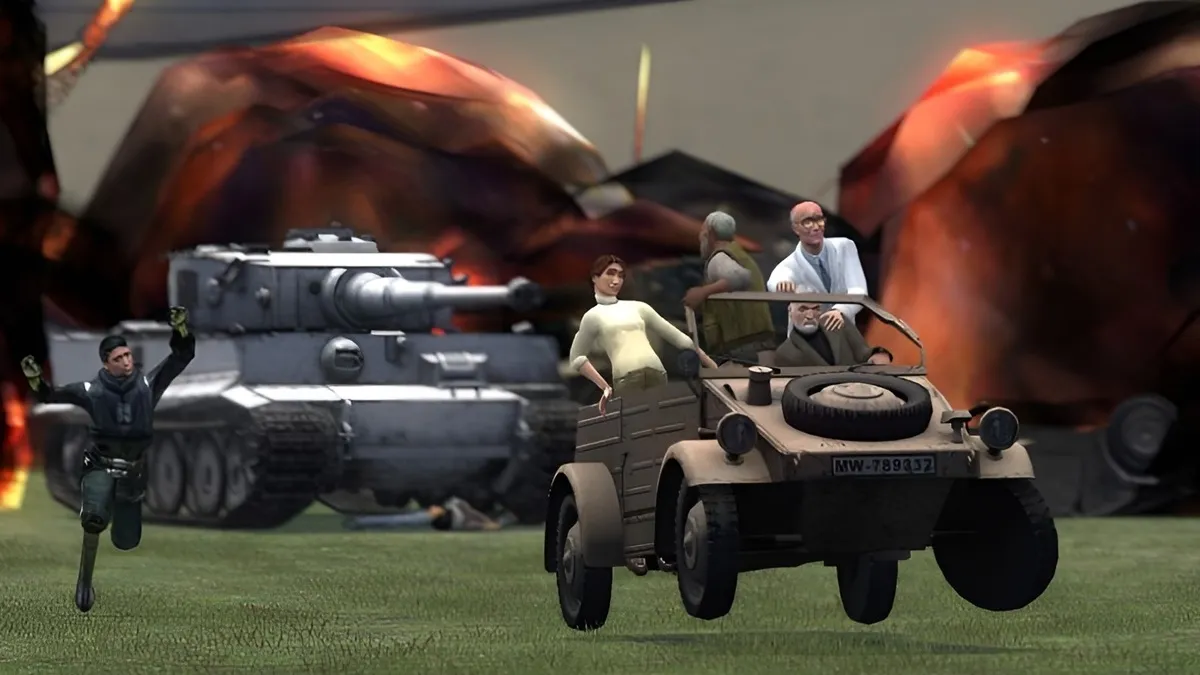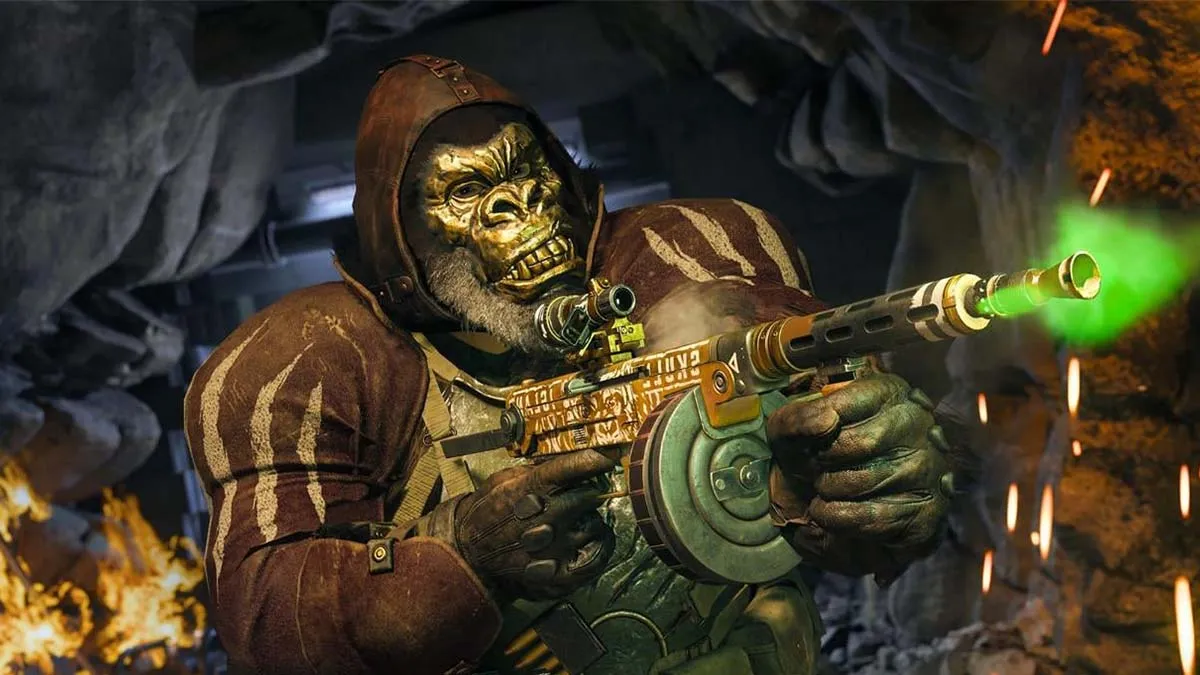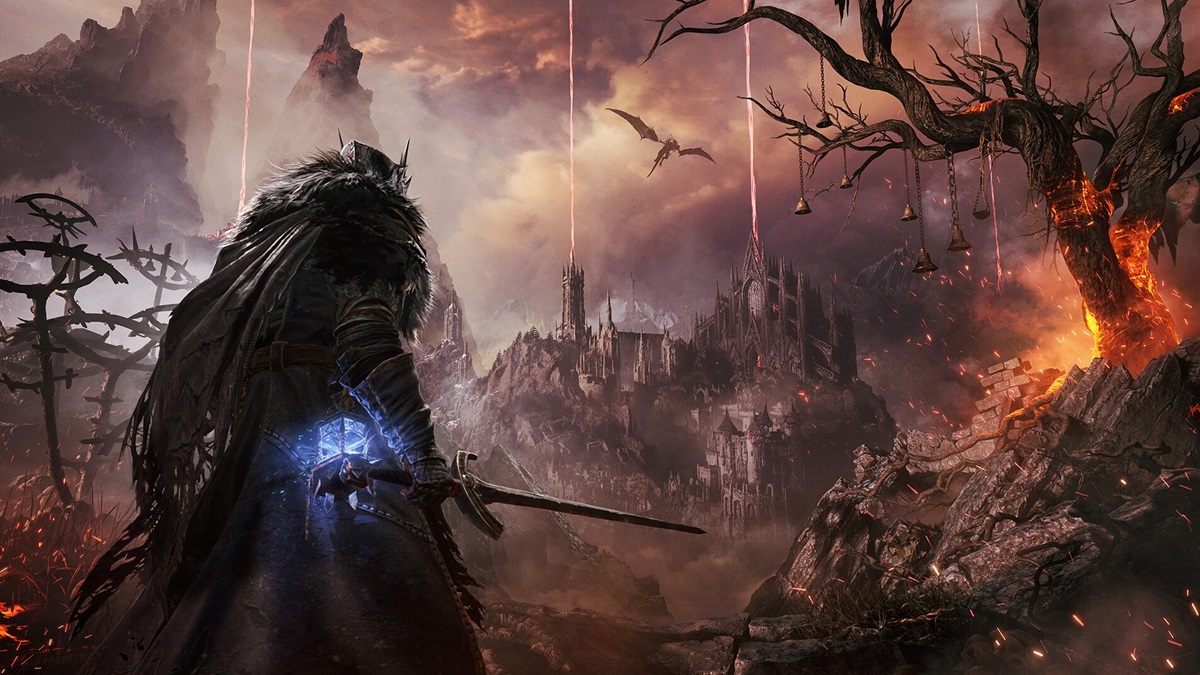So, uh — this Portal thing is kind of a big deal, I hear. I guess that explains the huge, huge goddamn crowd outside the Portal post-mortem at the final day of the Game Developers Conference, everyone giddy like kids on the first day of summer vacation.
Portal project lead Kim Swift and writer Erik Wolpaw were on hand to dig through the development of one of the year’s greatest games. It’s not unexpected that there was a lot of hero worship in the room, and high expectations as to new insights into the development of the title. Hit the jump for the run-down.
Holy god, talk about packed — the line for this goddamn lecture stretched outside the hall, out to the main portion of Moscone West and snaking from one end of the hall to the other. Kim Swift and Erik Wolpaw were on hand to talk about the development of Portal, and it was the hottest ticket on GDC’s final day. Thankfully, your favorite Linde knows how to queue. Or hold still. I’m good at both.
Swift and Wolpaw kicked off the talk discussing the logistics of Portal’s development. The team was small, and comprised of less than ten at any given point in development. While the game has been extremely successful, Swift and Wolpaw acknowledged that it was unexpected given the game’s unorthodox nature, particularly in its emphasis of narrative as a driving force in gameplay.
“The story wouldn’t make much of a novel,” Swift said “And the gameplay on its own would be dry.”
Thus, the gang developed a theory. Games tell two stories: “story” story and “gameplay” story. The closer that you put them together, the more satisfying the game will be. Wolpaw cited Clive Barker’s Undying as an example of a game whose story managed to undermine the gameplay.
The team established some fundamental design goals. Story should never intrude on gameplay; less is more; trim narrative as ruthlessly as possible. “Portal was going to be a lean storytelling machine even if it killed us,” Wolpaw said. In terms of practical application, Swift and Wolpaw insisted that playtesting was the most important thing they ever did in developing Portal — sitting down and watching people play the game. Afterwards, the developers would ask the playtesters to read back the story, beat by beat. If they missed anything, they cut more of the story, which they insisted made it stronger every time.
One example was the opening chamber, the glass prison in which Chell is confined at the beginning of the game. Originally it was a dark, dank room and featured a force-field prison instead of glass walls. But players had no idea why they couldn’t simply leave, got frustrated, and weren’t sure what to do. Adopting the glass walls actually informed artistic direction, leading to the anaesthetic, clinical chambers we’ve come to love in Portal.
The use of the environment to convey story information came about as a solution to another story-related issue: getting simple exposition across to the player. “We had ideas for embedding email, and using email to talk about implementing email, until we realized that reading email was fundamentally not much fun,” Wolpaw said.
The answer was creative reflection of story in the surrounding environment, including the wall scribblings in the behind-the-scenes areas throughout Portal’s chambers. Swift wanted to use an absent character, “the Rat Man”, to communicate these ideas and instill a sense of dread and panic; the creeping realization that something is very, very wrong. So the use of the wall-scribblings was implemented to get those bite-sized bits of story across in an unobtrusive way.
Swift said of the Rat Man’s creation, “If I was trapped inside an institution run by an insidious AI, what would I do to pass the time?”
The developers continued on to discuss the infamous Weighted Companion Cube’s genesis and incorporation into the level as a simple solution to the problem that playtesters simply wouldn’t carry the cube through a marathon cube puzzle, which required that the player haul it with them from start to finish. Finding a way to remind the players what to do and attach them to the object was crucial. Curiously enough, Wolpaw remarked that the idea struck him after reading declassified government manuals on interrogation techniques.
“Isolation leads interrogation subjects to start becoming attached to inanimate objects. Something clicked — you’re sort of alone for this whole time, and maybe if GlaDOS needles you long enough, something will happen.”
The climactic battle with GlaDOS, they noted, had gone through several revisions before finally being settled as what made it into the final game. “The biggest problem was the ending battle,” Swift said. “What in the world is a boss battle going to look like in a weird environmental puzzle game? A boss monster for a puzzle game was a really, really devious puzzle.”
The Portal team’s first attempt was an action-based encounter with the infamous AI, with James Bond-esque lasers that had to be redirected via portals at the boss. A second revision pushed the action even further, taking place in the large turret encounter room near the end of the game, and focusing on rocket redirection for combat. But the high intensity of the combat overwhelmed GlaDOS’s dialogue.
Another attempt included a chase sequence, but playtesters tended to walk around confused instead of moving in the direction the developers wanted them to go. “This failed in every way possible,” Wolpaw said. “Bad pacing, players didn’t know what was going on, every solution we came up with was either too expensive to do or made the gameplay worse. What we learned from this was that the more complex the boss battle was, the slower paced the action.”
But playtesters were immensely satisfied with the fire pit, which gave important clues to developers: it was easy. It’s the easiest puzzle in the game, the developers say, but the feedback was such that it was the most climactic and dramatic moment that playtesters had yet experienced. So what made it climactic? “It had time pressure,” said Swift. “It makes people think that something is a lot more complicated than it actually is.”
The team adapted these lessons to the final revision of the battle, and created a finale based upon a simple, time-constrained puzzle that was relatively easy — the shipped ending. Simplifying the puzzle, adding that time pressure and drama, keeping the focus on the narrative and providing an easy solution allowed players to get absorbed in the moment, they said.
Even the incorporation of the year’s runaway culturebomb “Still Alive” was created due to the lack of resources. Without the time and money to develop a massive ending loaded down with special effects, they wanted simply to leave the player with a sense of happiness. And what better way to do that than with a song? Y’know, especially that song.
The developers noted several times throughout the engagement that constraints played a huge role in the development of Portal. Though they weren’t exactly broke, the limited amount of resources and the shot-in-the-dark development process actually helped them devise new, creative solutions to otherwise complex problems and create one of the finest games we’ve seen all year. In closing, Swift and Wolpaw suggested to the audience that developers should embrace restraints as fuel for creativity.




